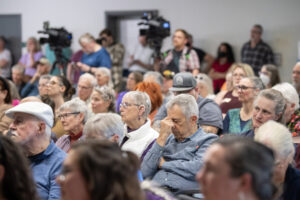If there’s one place Camas shines, it’s in the collaborative efforts that go into pretty much every decision impacting its highly regarded school district’s students, families and staff.
Whether it’s going out for a multi-million-dollar construction bond; formulating an equity program that examines race, gender, sexual identity, special education and socio-economics as influences on students’ success; figuring out the best way to implement a new schedule that allows teens to get more sleep in the early morning; or even revamping an historic theater, the school district always seeks input from a broad range of stakeholders.



